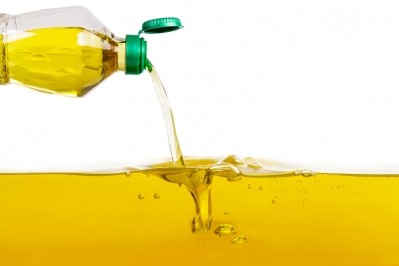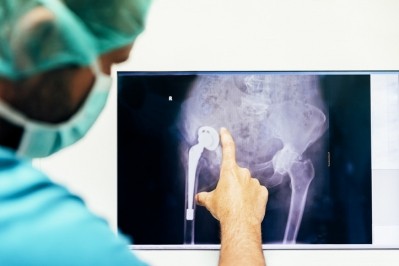Sestrin protein offers benefits of exercise without actually working out: Study

A conserved class of naturally occurring proteins called sestrins were found to mimic many of the benefits of exercise on metabolism as well as boost physical endurance.
The study, published in Nature Communications, was led by Myungjin Kim, PhD, a research assistant professor in the department of molecular & integrative physiology at the University of Michigan Medical School.
Kim said previous studies observed that sestrin accumulates in the muscle following exercise, adding that Sestrin may serve as a promising therapeutic molecule for obtaining exercise-like benefits such as improving mobility and metabolism.
The study could prove significant for the growing aging population who might be concerned about health and mobility. One promising therapeutic intervention used to slow down age-related functional decline is endurance exercise. But endurance exercise isn’t suitable for everyone. “Therefore, generation of therapeutic mimetics to induce the benefits of exercise could provide broad ranging benefits to the medical community,” the researchers noted.
A step forward, without actually taking steps
To test their theory, the research team had to whip a bunch of fruit flies into shape.
Fellow researchers Robert Wessells, Ph.D. and Alyson Sujkowski of Wayne State University constructed a fly treadmill of sorts. The contraption was used to capture the natural impulse of flies to climb up and out of test tubes.
For three weeks, the team trained the flies on the makeshift treadmill and compared the ability of the normal, control group to run and fly with that of flies that were bred to lack the ability to make sestrin. They found that the sestrin-deficient flies didn’t build up their endurance the same way the control flies did, suggesting that the protein somehow generates changes in endurance levels following exercise.
“Flies can usually run around four to six hours at this point and the normal flies’ abilities improved over that period,” said researcher and professor Jun Hee Lee, Ph.D. “Three weeks of exercise training substantially extended running endurance,” adding that the flies without Sestrin did not improve, even with exercise.
The researchers went on to genetically modify flies to overexpress muscle sestrin, and found that even without any endurance training, the extra sestrin alone provided the flies with exercise capabilities above and beyond those of trained flies. In fact, flies with overexpressed sestrin didn’t develop more endurance even when they did exercise, due to their inability to produce any more sestrin than they started with.
“These results indicate that muscle-specific Sestrin induction is both necessary and sufficient for mediating the endurance benefit of chronic exercise,” the authors said.
From flies to mice
Taking the study a step further, the scientists repeated the experiment with mice, engineering mice that are unable to produce sestrin. Compared to normal mice, the altered mice were unable to burn fat, increase their aerobic capacity, or improve their respiration after regular exercise on a running wheel.
"This is very critical for future study and could lead to a treatment for people who cannot exercise,” the authors noted.
Indeed, sestrin could help prevent atrophy in a muscle that's immobilized, such as the type that occurs when a limb is in a cast for a long period of time, for example.
However, the authors stressed patience. More research is needed before sestrin-based treatments are declared safe and effective. Scientists also don't know the mechanism in which exercise produces sestrin in the body. What’s more, a method for delivering Sestrin to the body has yet to be developed since the authors point out, “Sestrins are not small molecules, but we are working to find small molecule modulators of Sestrin.”
And while it is unlikely a bottle of sestrin supplements will find a place in college or professional sports, the treatment could be used to help heal muscular decline in the elderly.
Sports Nutrition Summit 2020
Influencers, the microbiome, protein, formulation challenges and opportunities, and female athletic consumers are just some of the topics that will take center stage at the NutraIngredients-USA Sports Nutrition Summit in San Diego, Feb 3-5, 2020.
For more information and to register, please click HERE.
Source: Nature Communications
vol 11, Article number: 190 (2020) DOI https://doi.org/10.1038/s41467-019-13442-5
“Sestrins are evolutionarily conserved mediators of exercise benefits”
Authors: M. Kim, et al.
















